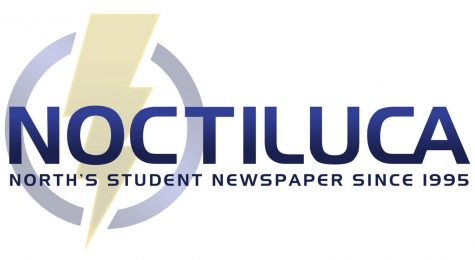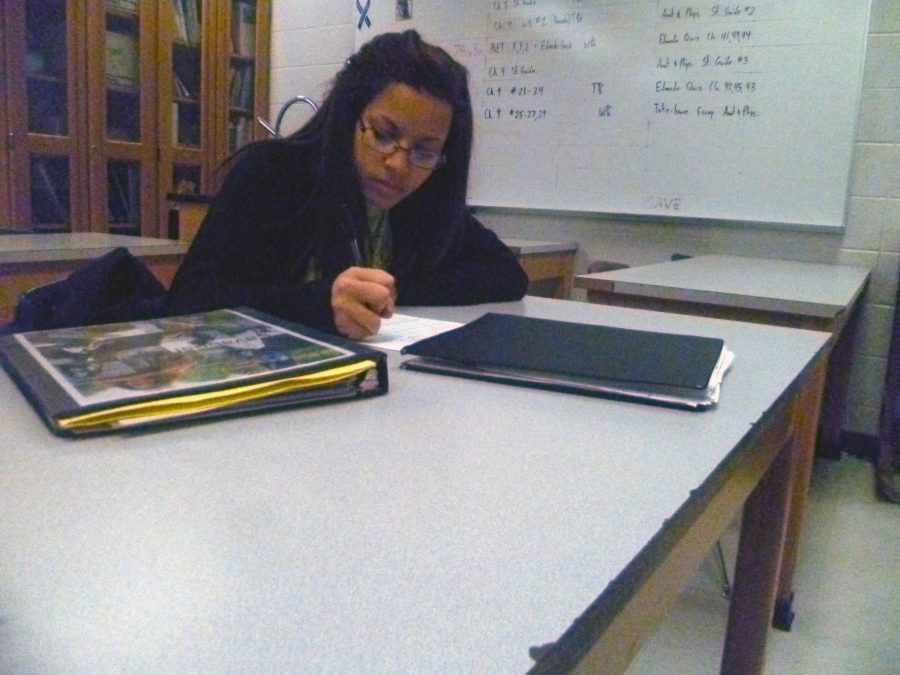Noctiluca Editorial: Peer grading hurts more students than it helps
May 12, 2016
When taking a small quiz or turning in a homework assignment in class, it’s common practice for a teacher to allow students to grade their peers’ work. Whether it be to save time, avoid grading stacks of papers, or to give quick feedback on a student’s performance, it is completely unnecessary and invasive to allow students to see others’ grades.
In 2002, the Supreme Court ruled that allowing students to grade others’ tests and quizzes and even call out test scores did not violate FERPA, or the Family Education Rights Privacy Act. This lawsuit was brought forward by a concerned Oklahoma parent, who believed that allowing other students to see her child’s scores and grade her student’s work embarrassed her child.
While the court’s ruling allows for the continuation of these grading policies, many people still believe that they are unfair and invade on students’ privacy.
In Appleton North, many teachers use this system of peer grading to provide quick feedback on small quizzes or homework assignments. While providing a fast way to learn from your mistakes, many students feel that this opens them up to scrutiny from other kids. “When teachers let other kids grade my tests and assignments, I feel like I’m being judged by my peers on my scores,” said junior Kamy Veith. “I think that grades should only be between you and your teacher, not other students.”
While some teachers may argue that the benefits given by a quick score turnaround outweigh the potential discomfort some students will experience, many students believe that there are ways to bypass the embarrassment of having your peer grade your test while still receiving relatively quick results.
“I understand that teachers are busy and sometimes quizzes take a while to grade, but they do have options like using scantron sheets to shorten their grading times,” said junior Yasmeen Ashour. “Letting other kids see students’ tests makes students uncomfortable, and it’s not fair for a teacher to put a student in that situation if there are other alternatives available.”
With numerous options such as Scantron grading, self grading, and personal work reflections available to a teacher to provide relatively quick testing results, there is no need to share out a student’s work for peer grading and reflection. Through the use of these alternative means of grading, teachers can work to create a safe learning environment for all students, without sacrificing educational value. Even though the Supreme Court has upheld the right for teachers to allow peer grading in public schools, this does not mean that this is the best means for correcting providing both assistance and comfort to students.


